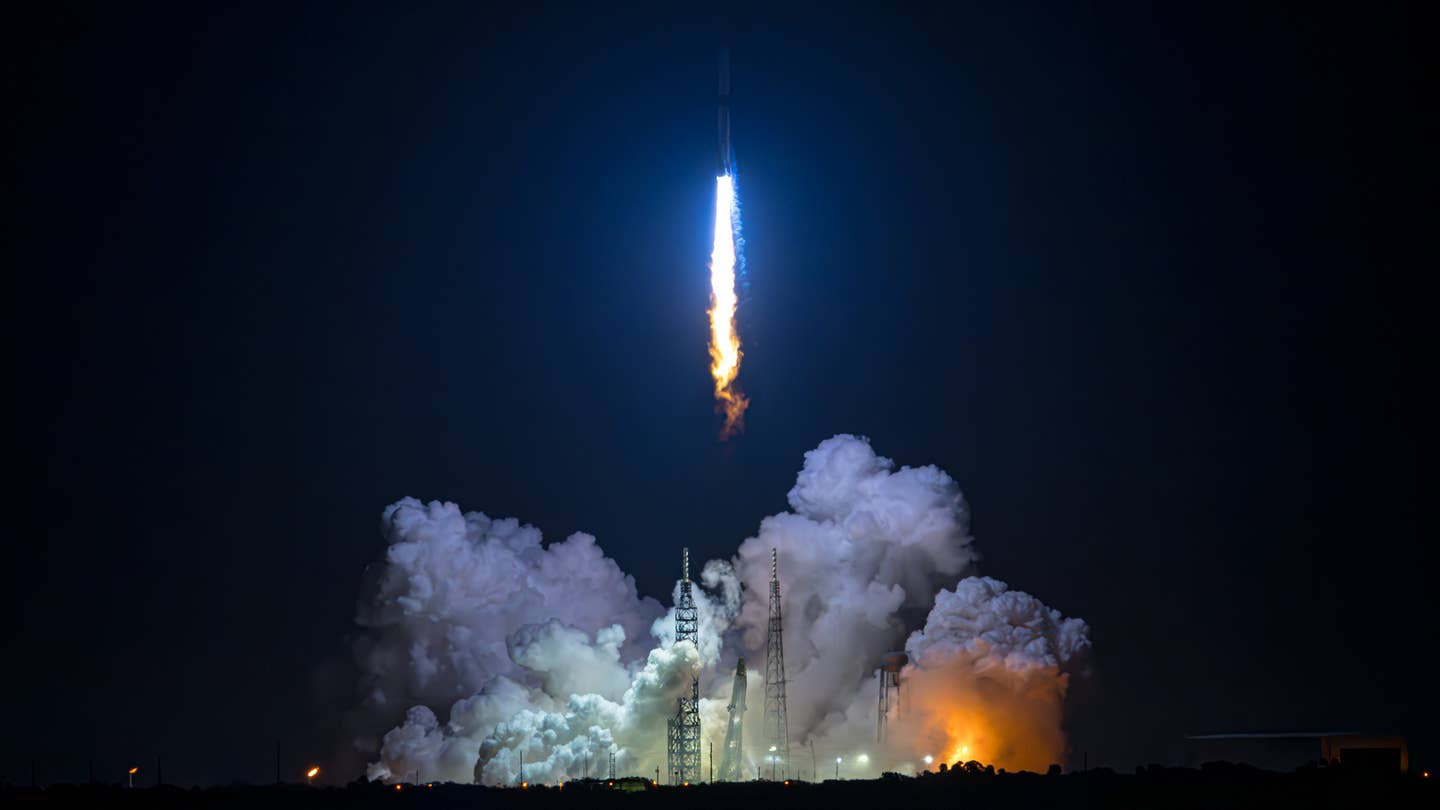
Pyrocumulonimbus clouds brought smoke particles beyond 30,000 feet over Washington state on August 8. David Peterson (U.S. Naval Research Laboratory)
While wildfires are far from a desired phenomenon, at times they produce a stunning spectacle. Rare clouds, named pyrocumulonimbus (pyroCB), were recently spotted in the eastern part of Washington state as a result of the Williams Flats fire, which was ignited by a thunderstorm on August 2, as reported by NASA’s Earth Observatory. NASA recorded the clouds from its DC-8 Airborne Science Laboratory, based at the NASA Armstrong Flight Research Center in Palmdale, California.
The flight was part of a collaborative effort by the National Oceanic and Atmospheric Administration (NOAA) and NASA called FIREX-AQ, a scientific study of the composition and chemistry of smoke from both wildfires and prescribed fires, and how the smoke affects air quality and the global climate. This is an important endeavor with the growing concerns over global warming and climate change, and the apparent increase in the frequency and severity of wildfires.
FIREX-AQ’s lead forecaster David Peterson claimed this month’s event produced the most detailed sampling of a pyrocumulonimbus ever recorded. NASA has described the clouds as “the fire-breathing dragon of clouds.” The clouds can “funnel their smoke like a chimney into Earth’s stratosphere, with lingering ill effects,” according to NASA. Smoke particles that reach the stratosphere remain in the atmosphere longer and can be transported further than particles that remain at lower altitudes.
“An individual pyroCb can inject particles into the lower stratosphere as high as 10 miles,” said Dr. Glenn K. Yue, an atmospheric scientist at NASA Langley Research Center in Hampton, Virginia.
The image with this story was shot from about 30,000 feet at around 8 p.m. on August 8. The orange hue is created from smoke particles in the air, brought there by the pyrocumulonimbus clouds.

Sign-up for newsletters & special offers!
Get the latest FLYING stories & special offers delivered directly to your inbox






